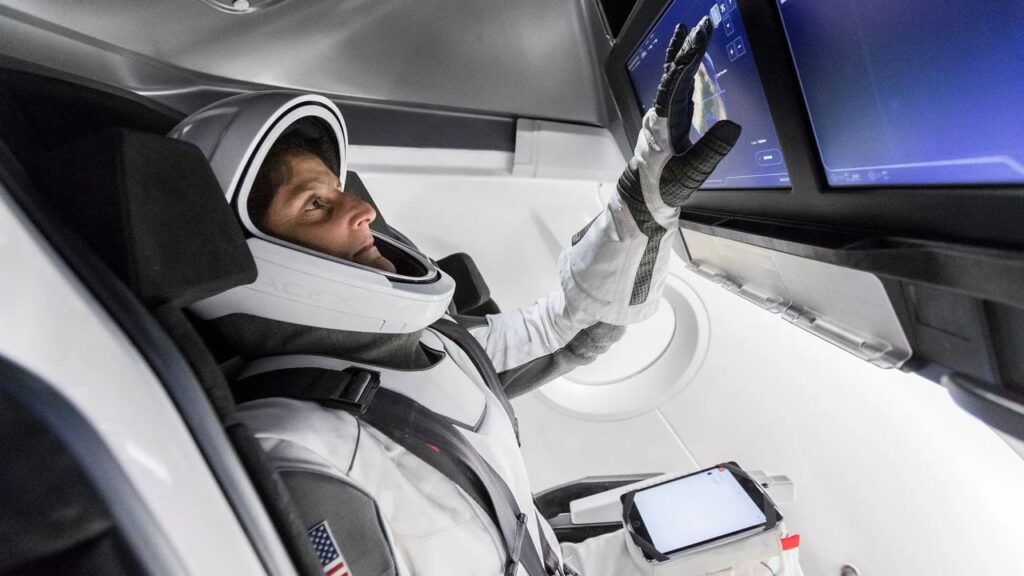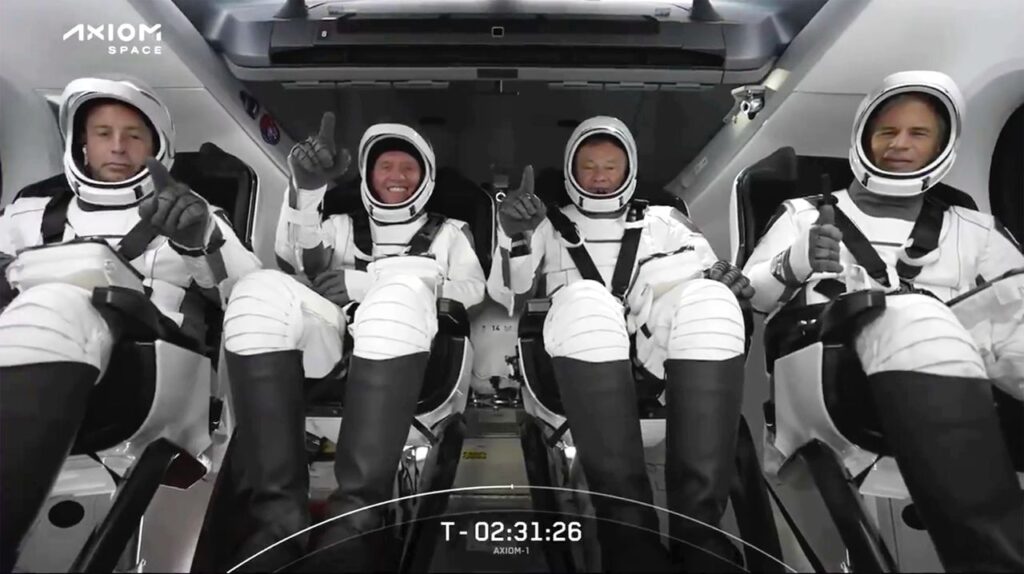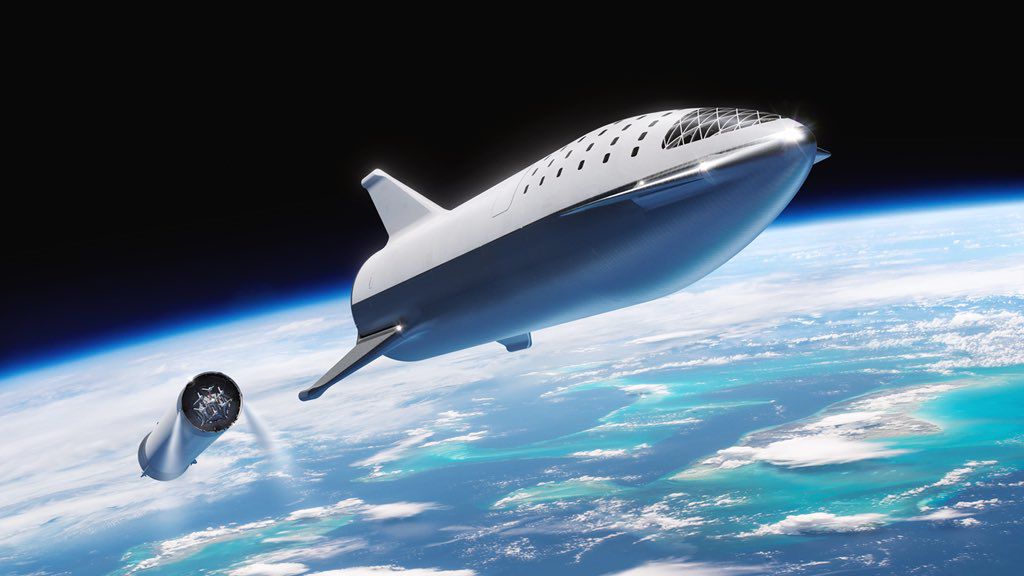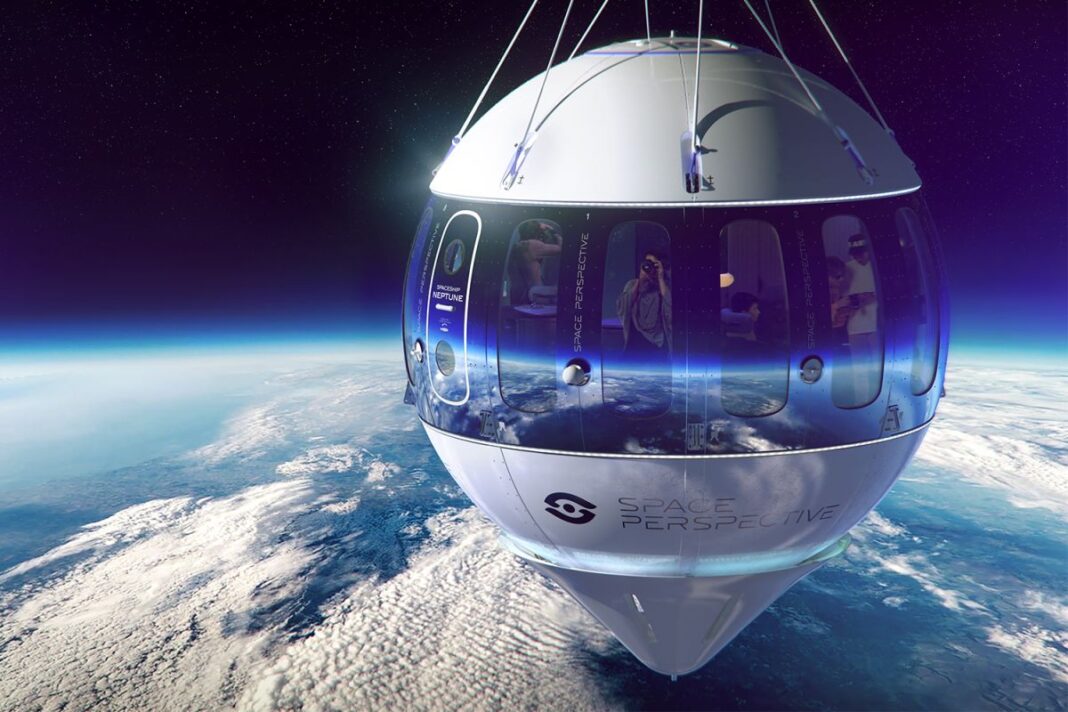Space tourism, once the stuff of sci-fi dreams, is gradually becoming a thrilling reality thanks to pioneers like SpaceX and Virgin Galactic who are boldly rewriting the future of travel. But turning a childhood fantasy into an experience that lets civilians touch the stars isn’t as simple as building a rocket and taking off. It takes years of engineering brilliance, billion-dollar investments, unwavering ambition, and a public willing to pay not just with their wallets but with their trust.

At the heart of this revolution stands Elon Musk’s SpaceX, whose groundbreaking Crew Dragon capsule has already ferried astronauts to the International Space Station. SpaceX isn’t just stopping there, they’re actively building the Starship, a fully reusable spacecraft designed to carry up to 100 passengers beyond Earth’s orbit.
The idea? To not only tour space, but eventually populate Mars. They’ve made history with reusable rocket boosters, which drastically reduce costs, and by opening the door to orbital space tourism. Their 2021 Inspiration4 mission was a major leap, a crew of everyday people orbited Earth for three days, proving that space is no longer just for astronauts.

On the other side of this interstellar race is Richard Branson’s Virgin Galactic. Unlike SpaceX, which focuses on orbital flights, Virgin aims for suborbital adventures. Their VSS Unity spaceplane takes passengers to the edge of space, around 80–90 kilometers above Earth, where they experience weightlessness and see the curvature of the planet before gliding back down. It’s shorter, less intense, but far more accessible to those seeking a taste of space without a week-long orbit. Branson himself took the flight to prove its safety and viability, making headlines and convincing the world that commercial space travel was finally taking off.

But space tourism isn’t just about rockets and billionaires. It’s about rewriting aviation and hospitality as we know them. Safety protocols have to be impeccable, spacecraft must withstand unimaginable forces, and passengers must undergo rigorous training even if the trip only lasts minutes. Medical screenings, zero-gravity preparation, G-force simulations, and emergency drills are all part of the experience before liftoff. Then there’s the price tag, while Virgin charges around $450,000 per seat, SpaceX missions are priced in the tens of millions, making space tourism, for now, an elite pursuit.
Still, the potential is limitless. As technology advances and competition heats up, prices are expected to drop and experiences will diversify from quick hops to long stays in space hotels. The world is witnessing the birth of a new industry, one where science, spectacle, and adventure collide. In a few decades, “taking a trip” might not mean going abroad, but going beyond.




